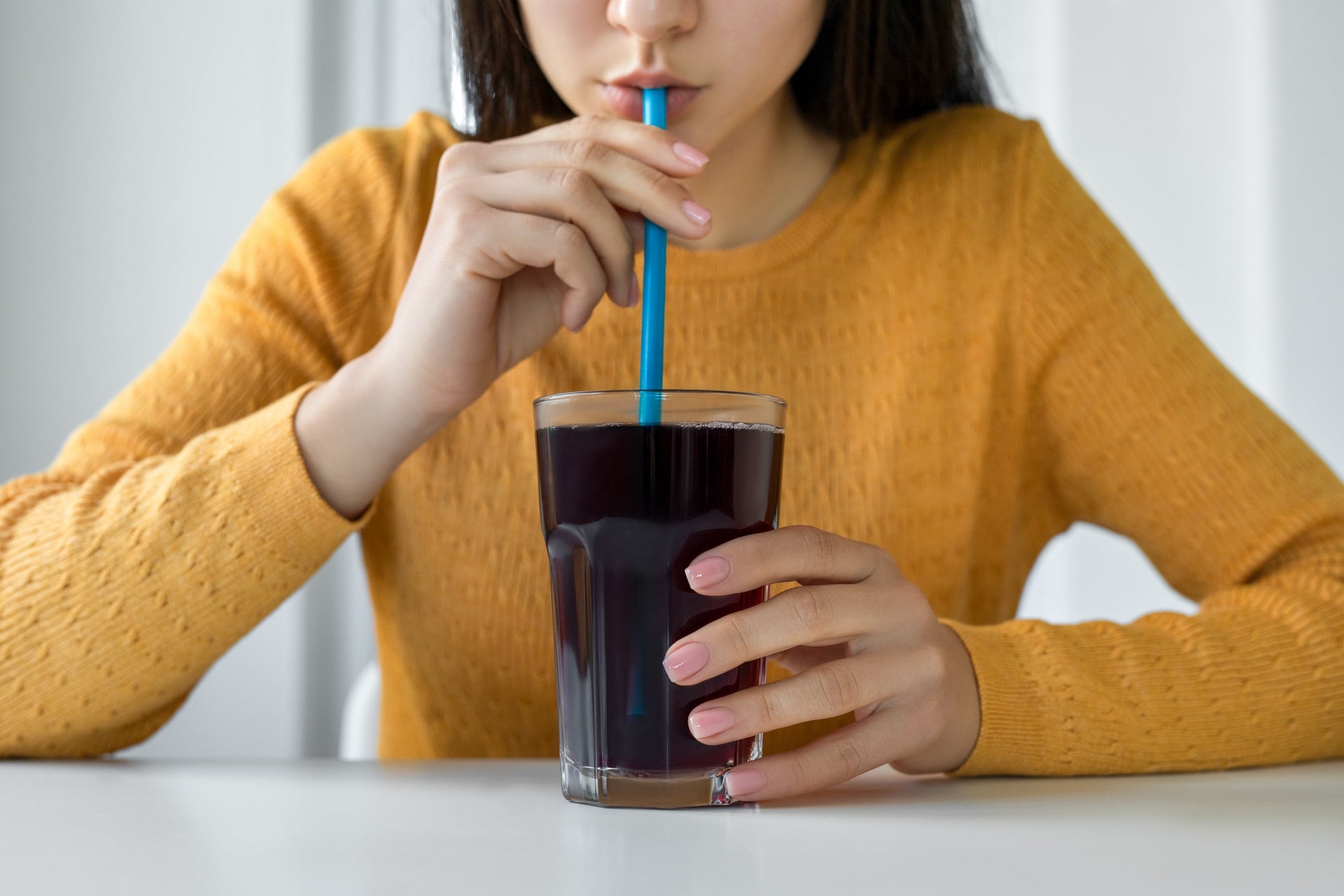The future of sweeteners in hair growth - a summary
- Researchers found stevioside may boost hair-loss treatment effectiveness
- Natural sweeteners improve drug absorption and reduce application frequency
- Sugar and alcohol consumption linked to increased risk of hair loss
- Food and drink brands could develop products supporting hair restoration
Head hair is a hot topic. Consumers don’t just want it, they want it to be thick, voluminous and free of greys.
To quote Phoebe Waller-Bridge’s character in Fleabag, “hair is everything”!
In fact, hair holds such importance in people’s lives that thousands, if not millions, of column inches are dedicated to it every year. What’s more, the haircare industry has amassed a global market value of $96.8bn (€83.0bn), and is growing at a CAGR of 2.69% (market analysts Statista).
So, news that sweeteners might just support hair growth, is certain to get people’s attention.
Can sweeteners boost hair growth?
New research, published in Advanced Healthcare Materials, could offer a solution to challenges faced by patients suffering from androgenetic alopecia.
Scientists found that stevioside, a natural sweetener obtained from the Stevia plant, could help to enhance the delivery of minoxidil, a topical solution used to treat androgenetic alopecia, into the skin.
What is androgenetic alopecia?
Androgenetic alopecia, better known as male-pattern baldness or female-pattern hair loss, is one of the most prevalent causes of hair thinning worldwide. It affects both men and women and occurs when hair follicles gradually shrink, producing finer and shorter hairs over time. This condition is influenced by genetic factors and hormones, particularly dihydrotestosterone (DHT), which shortens the hair’s natural growth cycle and prevents new strands from developing fully.
In laboratory experiments using a mouse model of alopecia, researchers created a dissolving patch that combined stevioside with minoxidil. This innovative approach successfully encouraged hair follicles to re-enter the growth phase, leading to visible new hair formation.
“Using stevioside to enhance minoxidil delivery represents a promising step toward more effective and natural treatments for hair loss, potentially benefiting millions worldwide,” says co–corresponding author, Dr Lifeng Kang, from the University of Sydney.
How does minoxidil work?
Minoxidil, a topical solution approved by regulatory agencies for treating androgenetic alopecia, remains one of the most commonly used therapies. It works by widening blood vessels and improving blood flow around hair follicles, which can stimulate hair regrowth. However, despite its widespread use, minoxidil has important limitations. It dissolves poorly in water and struggles to penetrate the outer layer of the skin, meaning that only a small amount of the drug actually reaches the hair follicles. As a result, users often experience inconsistent results, and continuous daily use over many months is typically required before any noticeable regrowth occurs.
The future of sweeteners in hair growth
These findings, say the research team, suggest that natural compounds like stevioside could improve not only the effectiveness of existing drugs but also the experience for patients seeking noninvasive and gentler solutions.
By improving absorption and reducing the need for frequent application, this method could make hair-loss treatment more convenient and accessible. The researchers hope that further studies will determine whether this combination can be safely and effectively adapted for human use, potentially opening the door to a new generation of advanced, nature-inspired therapies for hair restoration.
Sugar could cause hair loss
This research is particularly pertinent, as it comes in the wake of studies suggesting sugar could cause hair loss.
The study, conducted by researchers at the University of Portol, analysed how foods, drinks and supplements impacted hair growth, thickness, density, and hair loss.
They found that alcohol and sugary drinks were linked to hair loss, and raised concerns over the consumption of too much vitamin A, and too little iron.
Opportunities for food and beverage brands
While stevioside’s role in this research is topical, not consumed, implications for the food and beverage industry remain compelling.
As consumers increasingly seek holistic wellness solutions, the idea that a natural sweetener could support hair health, opens the door to new product narratives.
And we could see future industry-led studies, focusing on the impact of ingested stevioside on hair health, leading to functional foods, beverages and confectionery.
Furthermore, brands may explore how ingredients traditionally used for taste could be repositioned for beauty-from-within benefits.





